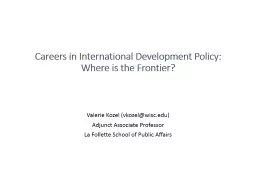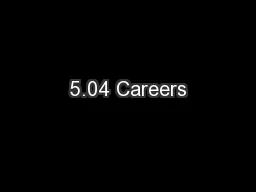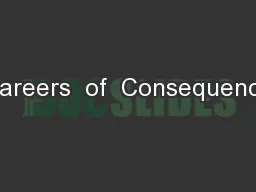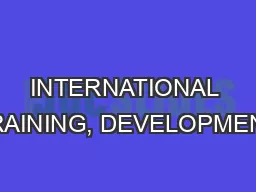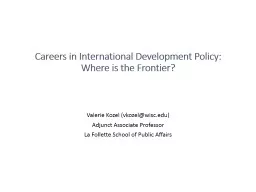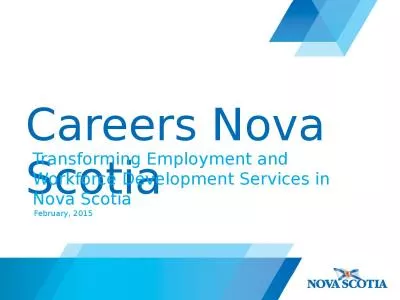PPT-Careers in International Development Policy:
Author : lois-ondreau | Published Date : 2018-10-11
What is the Frontier Valerie Kozel vkozelwiscedu Adjunct Associate Professor La Follette School of Public Affairs Informal Discussion how to start a career in
Presentation Embed Code
Download Presentation
Download Presentation The PPT/PDF document "Careers in International Development Pol..." is the property of its rightful owner. Permission is granted to download and print the materials on this website for personal, non-commercial use only, and to display it on your personal computer provided you do not modify the materials and that you retain all copyright notices contained in the materials. By downloading content from our website, you accept the terms of this agreement.
Careers in International Development Policy:: Transcript
Download Rules Of Document
"Careers in International Development Policy:"The content belongs to its owner. You may download and print it for personal use, without modification, and keep all copyright notices. By downloading, you agree to these terms.
Related Documents

